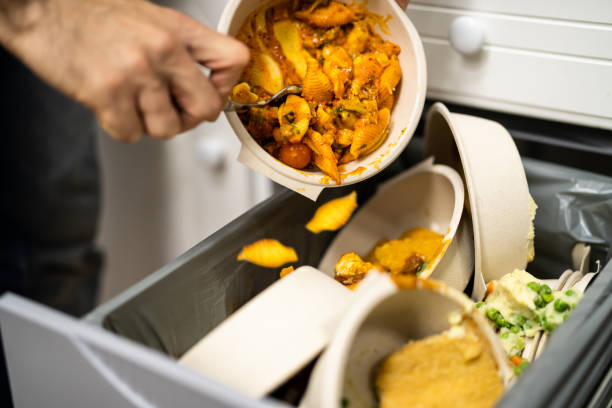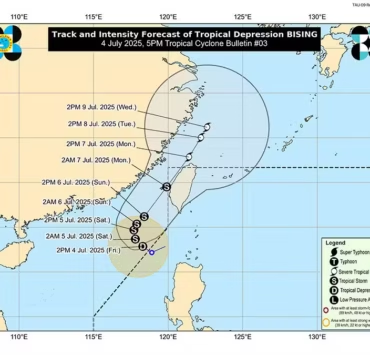Amid food security concerns, PH homes wasting more meals

More food is being wasted among Filipino households even with many families still struggling to meet their daily nutritional needs.
This is one of the key findings of the 2023 National Nutrition Survey (NNS) conducted that year by the Food and Nutrition Research Institute (FNRI) of the Department of Science and Technology (DOST) and released by the Institute on Friday.
FNRI conducts the NNS every five years, the last time—before the most recent study in 2023—in 2018.
Plate waste, referring to food left uneaten after a meal and discarded or given to pets, has increased significantly, with households throwing away an average 130 grams daily in 2023—53 grams more than the 77 grams of food waste in 2018.
Rural households were found to discard more food than their urban counterparts, particularly rice, corn and vegetables.
“Our plate waste has increased and this is alarming,” said Dr. Eva Goyena, FNRI senior science research specialist. She said “the food could have given the body nutrients, but was discarded instead.”
Wastage
The 2023 survey covered 115,651 individuals across 36,703 households, while the 2018 survey had more respondents at 325,512 across a greater number of households, too, at 94,999.
Based on the latest survey, the average daily food intake of Filipinos includes rice (34.6 percent), vegetables (14.5 percent) and fish (11 percent)—making these the top three most commonly eaten foods.
The survey, however, also found that rice (64.9 percent), vegetables (12.9 percent) and fish (9.3 percent) were the most wasted food.
“This is just what’s left over on the plate that can be eaten but is thrown out or given to pets,” Goyena said, adding that the figures don’t even account for food discarded because of spoilage.
She said common cooking and preparation habits contribute significantly to food wastage, making it a persistent problem in many homes.
Energy, nutrients
While citing the prevalence of food wastage, the NNS findings also show that Filipinos across all age groups don’t eat enough to meet their recommended energy intake.
Adults, for example, are expected to have an average intake of 2,173 kilocalories (kcal) per day, yet only consume 1,711 kcal.
Only 26 percent of Filipino households meet their energy and nutrient needs, the study said.
Nutrients like iron, calcium and vitamins A and C are low across all age groups, except for infants and preschoolers. Pregnant women are especially at risk of iron and protein deficiency, the study found.
Policy support
As food prices climb, most Filipino households spend only P100 to P500 for every visit to a sari-sari store or wet market—the primary food sources for both rural and urban households.
Supermarkets and online sellers remain secondary options since they’re deemed more expensive and inaccessible. Filipinos typically spend P1,000 or more from groceries.
Dr. Mildred Guirindola, FNRI chief science research specialist, called for stronger government policies to support household nutrition, particularly in making healthier options more accessible.
“We’ve seen how policy is important for our food environment. There’s no problem with buying in sari-sari stores, but hopefully we can improve the food items that we buy and what we can get from sari-sari stores,” Guirindola said.
“Perhaps it’s time to consider making them a conduit for nutritious foods,” she said.

















